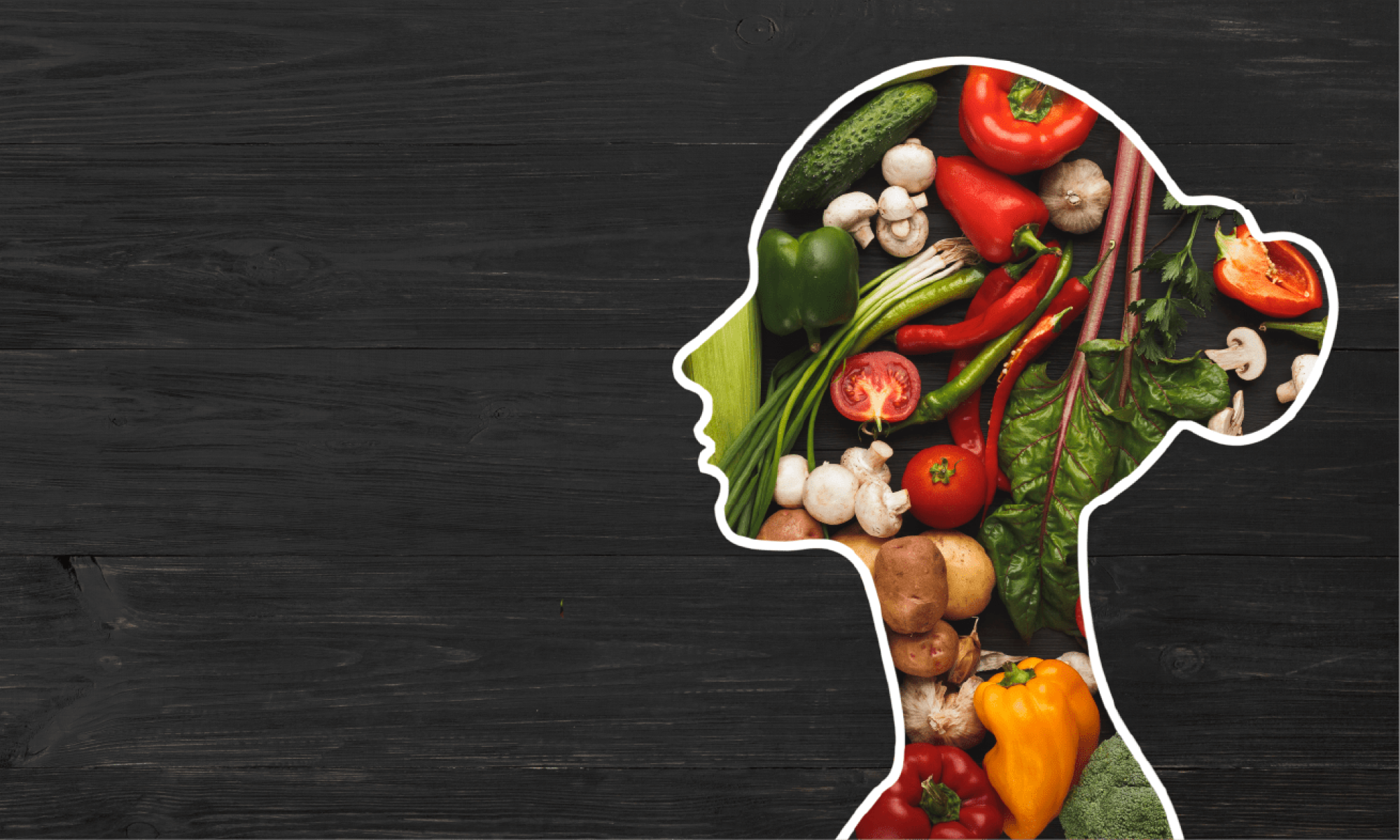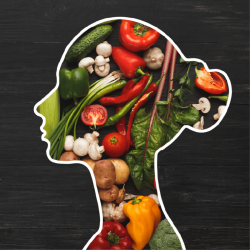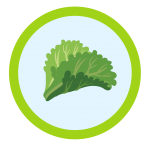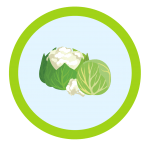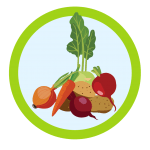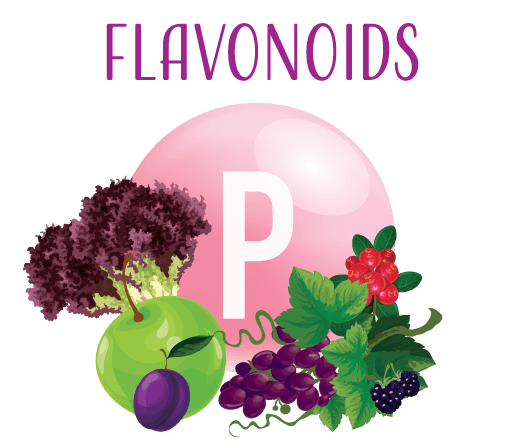
The Health Benefits and Diversity of Flavonoids.
Flavonoids are a diverse group of plant secondary metabolites commonly found in fruits, vegetables, tea, and wine. There are six main types of flavonoids: flavones, flavonols, flavanones, flavan-3-ols, anthocyanins, and isoflavones.
Flavones are a subclass of flavonoids with a keto group on the C4 carbon of the C-ring. They are found in herbs such as parsley and celery.
Flavonols are characterized by the presence of a hydroxyl group at the C3 position of ring C and a double bond between C2 and C3. They are abundant in fruits, vegetables, and tea.
Flavanones are a subclass of flavonoids with a ketone group at the C4 position. They are found in citrus fruits.
Flavan-3-ols are also called catechins and have a hydroxyl group at positions 3 and 4 on ring C. They are present in tea and cocoa.
Anthocyanins are responsible for the red, purple, and blue colors of fruits and vegetables.
Isoflavones are structurally similar to estrogens and are found in soybeans.
One of the main roles of flavonoids is their antioxidant activity. They help to protect the body from damage caused by free radicals and reduce inflammation. This can help prevent chronic diseases such as heart disease, cancer, and diabetes. Flavonoids also have anti-inflammatory properties, which can help reduce the risk of inflammatory bowel disease and arthritis. They have also been shown to support brain health and improve cognitive function.
Different types of flavonoids have different health benefits. For example, quercetin is known to improve cardiovascular health, luteolin may help prevent cancer, and apigenin may have a calming effect on the brain.
the daily recommended intake of flavonoids is around 200 and 250 milligrams per day for adults.
Protien
Beans & Legumes
Soybeans have 10-150 mg of flavonoids per 100g, including isoflavones like genistein, daidzein, and glycitein.
Just one cup of cooked kidney beans contains around 230-250 milligrams of flavonoids.
Black beans are a great source of flavonoids like anthocyanins, quercetin, and kaempferol. A cup of cooked black beans has about 256 mg of these antioxidants.
1 cup of cooked lentils may contain around 200-300 milligrams of flavonoids.
Chickpeas contain between 50-100 milligrams of flavonoids per 100 grams.
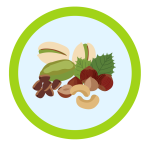
Seeds & Nuts
These tiny seeds are among the highest sources of flavonoids, with over 200 mg per 100g.
Another small but mighty seed that is packed with health-promoting flavonoids. Just 2 tablespoons of flaxseed provides around 50 mg of flavonoids.
These popular nuts contain around 30 mg of flavonoids per 100g, making them a great snack or addition to your meals.
This flavorful nut that is rich in flavonoids, with around 20 mg per 100g
These brain-shaped nuts are a great source of healthy fats and flavonoids, with around 15-20 mg per 100g.
Fruit , Leafy Greens, Cruciferous
Leafy Greens
Kale can contain anywhere from 10 to 100 milligrams of kaempferol per 100 grams of raw kale. While this may seem like a small amount, research suggests that even small amounts of can have powerful anti-inflammatory and antioxidant effects in the body.
One cup of raw spinach (30 grams) contains approximately 0.067 milligrams of flavonoids.
100 grams of arugula contains around 16.76 milligrams of flavonoids on average.
Contained up to 215 mg per 100 grams of fresh weight. This makes Swiss chard one of the top flavonoid-rich vegetables, along with kale, broccoli, and spinach.
Romaine lettuce (85g or 3 cups) has 4-5mg flavonoids including quercetin, kaempferol, and luteolin that offer health benefits like inflammation reduction, heart health improvement, and protection against certain cancers.
100 grams of cabbage contains approximately 6 to 15 mg of flavonoids.
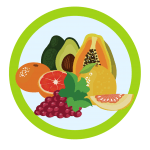
Organic fruit
Grapes have 0.5 to 1.5 mg of flavonoids per gram – 100g serving has 50-150mg of flavonoids. Types of flavonoids in grapes are quercetin, kaempferol, and resveratrol.
A 100-gram serving of fresh blueberries contains an average of 121 milligrams of flavonoids. Specific types of flavonoids: anthocyanins, other flavonoids found in blueberries include flavonols and proanthocyanidins, which also have antioxidant and anti-inflammatory properties.
Tomatoes contain about 20 – 25 mg of flavonoids per 100 grams of fresh weight. The major flavonoids found in tomatoes are quercetin, kaempferol, and naringenin.
A medium-sized apple contains approximately 100-200 milligrams of flavonoids. This includes a range of different flavonoids, such as quercetin, catechin, and epicatechin.
One tablespoon of orange peel contains around 14 milligrams of flavonoids. This is about six times more than what is found in the pulp of the orange.
This means that one lemon peel may contain approximately 5 to 12 mg of flavonoids, depending on its size and weight.
Just a100-gram serving of cranberries contains up to 23.5 mg of flavonoids.
Strawberries contain approximately 150 – 300 milligrams of flavonoids per 100 grams of fresh strawberries.
One cup (144 grams) of blackberries contains around 193 mg.
Cruciferous
A cup of Brussels sprouts contains 25 milligrams of flavonoids.
One cup of kale contains 24 milligrams of flavonoids.
1 cup of broccoli provides 18 milligrams of flavonoids.
A cup of cauliflower contains 15 milligrams of flavonoids.
One cup of cabbage provides 14 milligrams of flavonoids.
Root & Herbs

Herbs
One cup (8 ounces) of brewed green tea contains about 50-100 mg of flavonoids.
Oolong tea contains up to 150 mg of flavonoids per 100 ml of tea.
A cup of black tea contains about 50-100 milligrams of flavonoids.
Chamomile may range from 1.5% to 3%.
Just 100-gram serving of fresh parsley contains between 100 and 200 milligrams.
A single tablespoon of fresh thyme leaves contains around 4-7 mg of flavonoids. Dried thyme, on the other hand, can contain up to 11mg of flavonoids per tablespoon.
Dry rosemary can contain up to 4%.
About a quarter-cup of chives can contain as much as 8-16 milligrams of quercetin.
Ginkgo biloba is a traditional herb believed to improve cognitive function and treat health issues. It contains flavonoids as the key compound, making up 24-32% of ginkgo biloba extracts. Quercetin and kaempferol are the most abundant flavonoids.
Did you know?
One interesting fact is that flavonoids are responsible for giving many fruits and vegetables their vibrant colors.

Dark chocolate is an excellent source of flavonoids, particularly flavanols, which can improve heart health.
